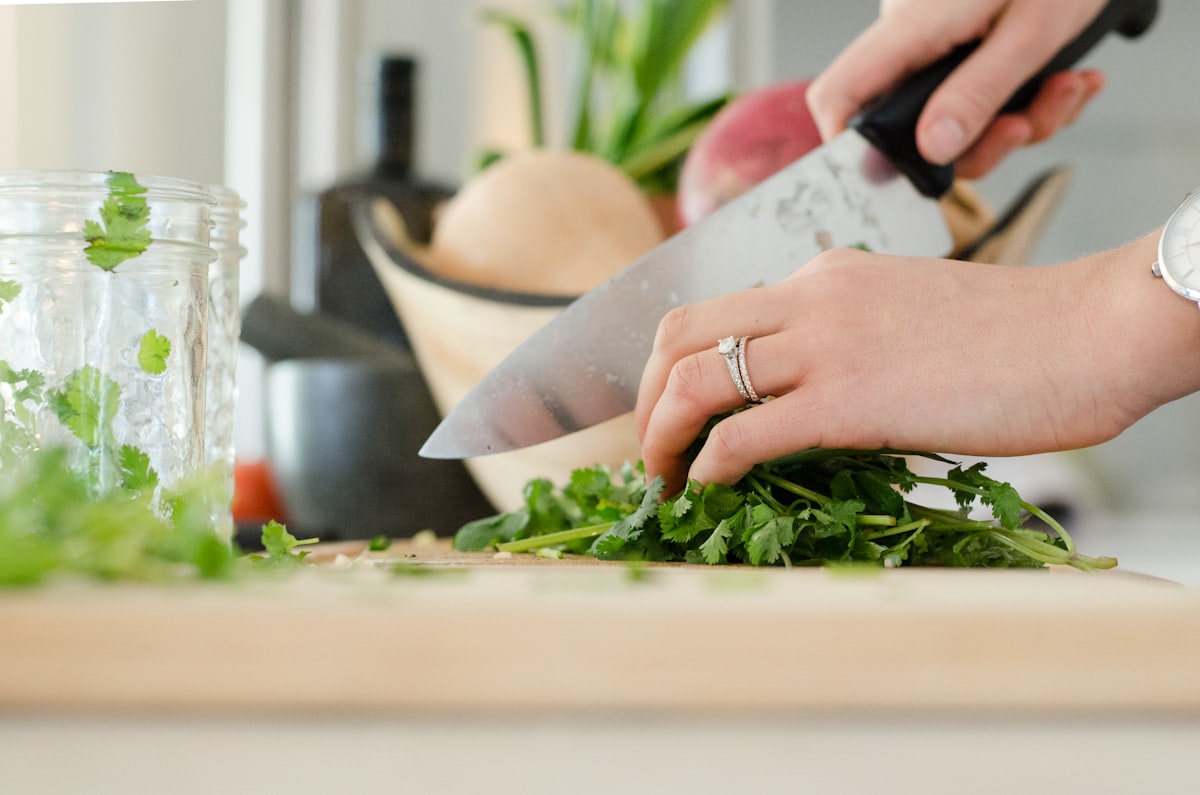How Momentum Helps Build Powerful Habits?
We all want to build habits, achieve goals. Sadly we often fail at maintaining the rhythm. What if starting small was the key?

Building habits isn’t an easy task. We all know the drill: consistency is key. Despite that, it’s a struggle to achieve our goals and create powerful habits.
How can this happen, and what can be done to improve the odds of success?
Goals are useless
Let’s clear something, goals are useless when it comes to long-term habit building. What you need is an intention.
You can’t get your dreamt summer body if you don’t want to have it. That’s why focusing on the purpose of the habit rather than the end goal is better. Instead of “I want to run a marathon next year” say something like, “I want to feel better and improve my shape”. This difference means the world.
Intentions create a direction rather than fixing a deadline.
Focusing too much on the goal doesn’t build habits; it only helps you reach it. What if the goal was too ambitious? Or too easy? Once reached, what do you do? Find another goal? Stop and start something new?
That’s why goals are not a solution for the long-term habit building. Finding the intention is essential. It doesn’t have to be precise, “I want to write better articles” is enough. You’ll figure out the steps in-between in the process.
Building momentum
Now that you have an intention, how to begin? Simple, as small, and as frequently as possible. It’s crucial to find a rhythm where you don’t push yourself too hard, but you still see results.
You want to become a better swimmer? Start with 300 meters twice a week. You want to improve your shape? Ten pushups every day is all you need.
Don’t push yourself too hard. The hard part, in the beginning, is the habit-building process, not the habit itself. Once you are used to it, you can increase the intensity. It’s better to stagnate for a few months than to go all-in and abandon after one training session. The long-term results are what matters!
Start by building momentum. Performance comes later.
Then what?
You’ll notice that your initial intention is less important after some time. This is not something to be afraid of. Intentions can evolve.
The “I want to become a better swimmer” could transform into an “I want to run and swim”. You can also increase the intensity of your habit. For example, raise the number of training sessions per week by one, or increase from 5 to 10 minutes of daily meditation.
It’s also possible that you want to dial down, listen to what your inner voice has to say. Respect your body and mind. Pushing yourself too hard will discourage you.
What’s important is to remain honest with you and make what feels right.
Subscribe to the newsletter to get new articles right in your inbox!
Subscribe to the newsletterFailure IS an option
Of course, you’ll fail. You’ll try to go for a jog every morning, but you’ll skip one day, two days, two weeks… Failure is part of the process. What you do of it is what matters.
There is no easy remedy to failure. You need to find out what made you fail. Maybe the intentions that motivated you are not the right ones? Is it necessary to slow down for a while? Find the reason and either fix or adapt your intentions.
A lead that can work is the technique created by Matt D’Avella called the “Two-day rules”. It’s simple, you can’t miss more than one day in a row. In his example, he exercises daily, but if you are swimming two days a week, simply allow you to skip one training but no more. That’s something I use, and that might work for you.
As said before, respect yourself and take the time to listen to what your mind has to say.
The virtuous circle
Once you successfully build one habit, you’ll notice something funny. I called this the “virtuous circle”. One habit led to another thanks to the momentum you created.
You know the process required to succeed, and you can simply apply it to something else. Without realizing it, besides your swimming training, you’ll start cooking for yourself healthy meals or start taking care of your skin!
That’s why I insisted on the long term, the virtuous circle is what’s important. Wondering how some people manage to do everything they do? The virtuous circle is the answer.
Don’t expect to start with one pushup and run for the presidency 2 months later tho. It’s a lengthy process, and you have to respect yourself throughout. Listening to your inner voice to be sure that you do what you do for the right reasons.
Start small but regularly, the result will be fantastic.
How I applied this to my life
I experienced this momentum and virtuous circle at the beginning of the lockdown.
For a long time, I played water polo. After a move, I stopped everything, and it took me sometimes to start swimming again. I was swimming twice a week in February. Then COVID joined the party, and we were kindly asked to stay at home.
This was when I decided to start working out. I didn’t want to gain weight. I started with an app called Bodyweight and decided to do 4 minutes of workout each day.
It wasn’t much, but it was enough to see some results. After two weeks, I increased to 6 minutes, two weeks later to 8 and, after a month to 10.
This lengthy process let me build habits and gradually increase the intensity. It was easy to add two minutes once in a while. I don’t think I would be exercising if I had started with 10 minutes of daily workouts.
Now that the lockdown is partially over (at least in Switzerland), I found myself in relatively good shape and went back to the swimming pool three times a week. Besides, I keep exercising with Freeletics instead of the app I used before. I also started to take care of my skin! That’s what the virtuous circle of habits is all about. It’s like pulling a rope. You know what’s on one end, but you don’t see what’s on the other end.
To be honest, I’m not sure why I keep exercising. The process I described allowed me to build a habit. Going for a swim or doing some workout is part of me now. I enjoy sweating after a nice set of burpees. I don’t want to stop even though I don’t have the same intentions as at the beginning.
This example shows how a simple four-minute workout during lockdown leads to daily workout and swimming sessions three times a week. The aim is not to boast about my progress but to show that someone like me (who has never liked the exercises) has managed to build a routine. If I can do it, I’m sure you can too!
